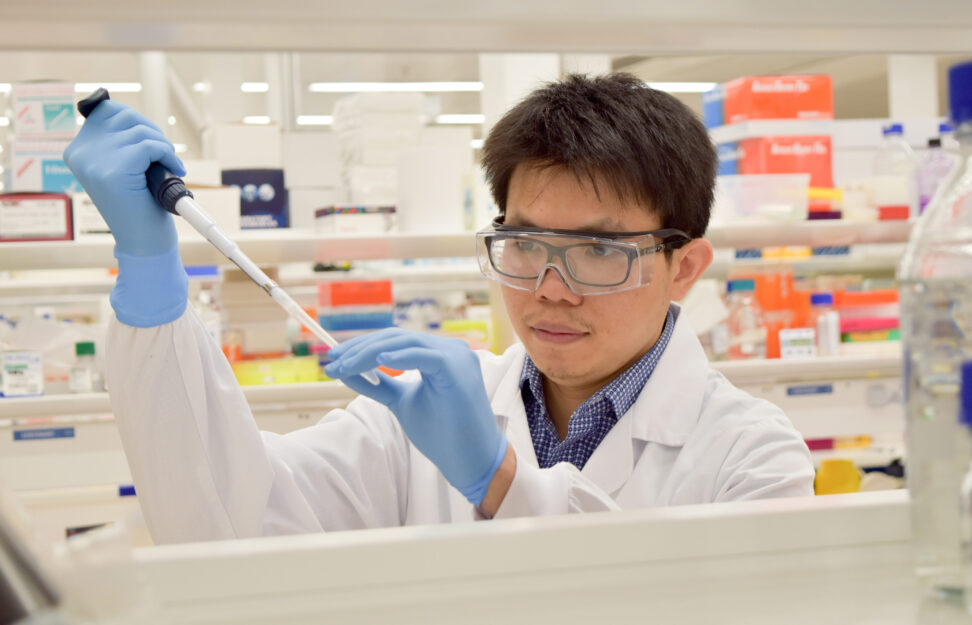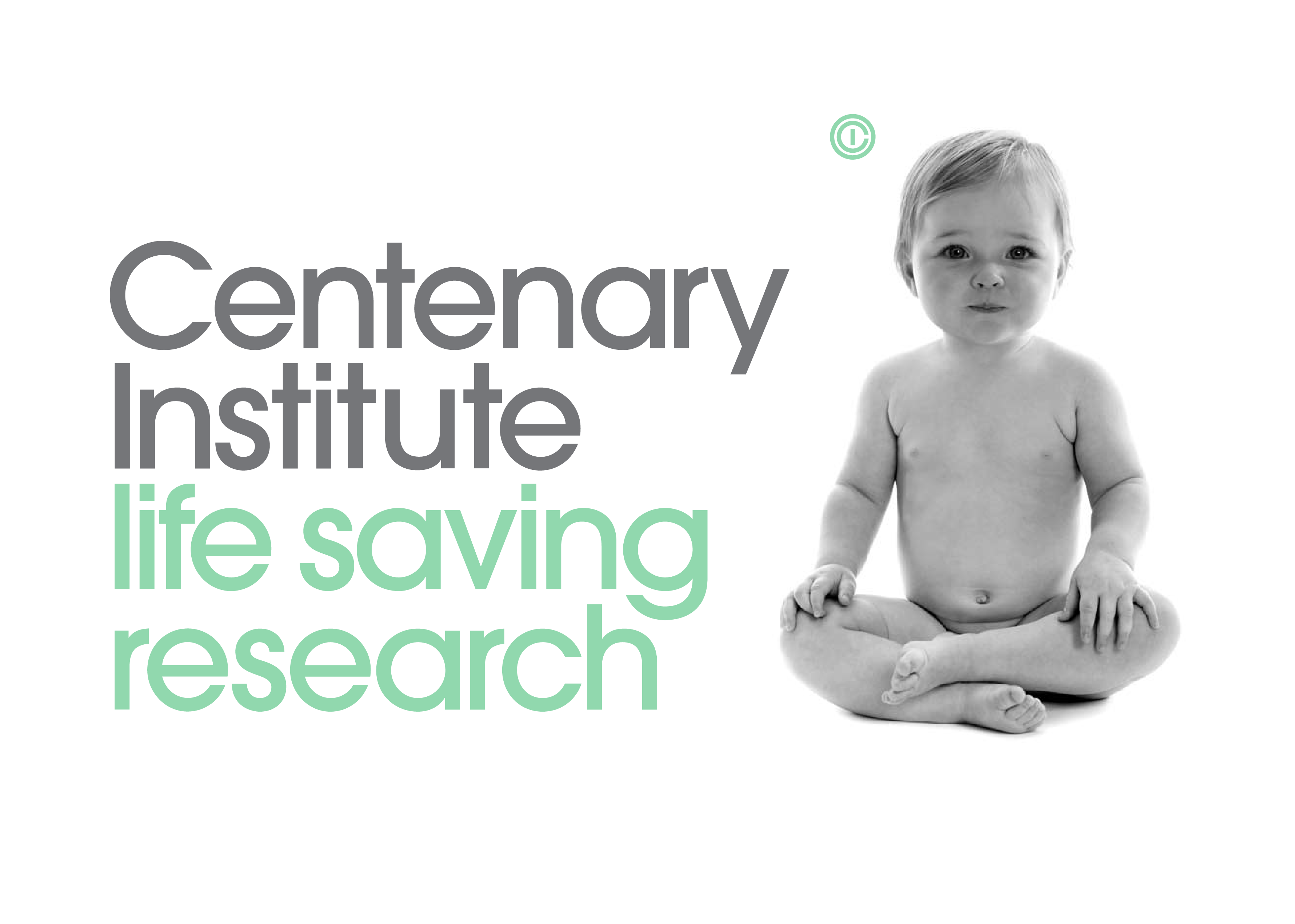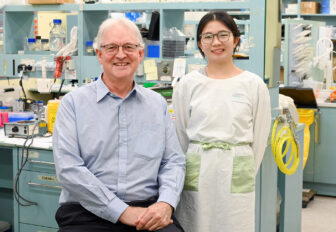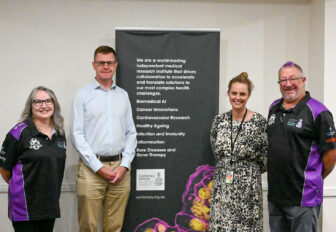New study uncovers potential therapeutic target for breast cancer

The study, involving mice, focused on the role of a protein known as VIRMA in breast tumour growth. Researchers found that abnormally high levels of VIRMA plays a key role in promoting the development of breast cancer cells and is closely associated with poor survival outcomes.
Specifically, the study revealed that a distinct variant of VIRMA, localised within the cell nucleus, is amplified and overexpressed in 15–20% of breast cancers. VIRMA was shown to drive the growth of breast cancer cells by influencing a chemical modification of RNA molecules.
Additionally, the research identified a specific RNA molecule called NEAT1, which interacts with VIRMA and that also promotes the growth of cancer cells.
Dr Justin Wong, Head of the Epigenetics and RNA Biology Program at the Centenary Institute, as well as senior author of the study, expressed his enthusiasm about the research’s most exciting observation. He noted that breast cancer cells with elevated levels of VIRMA exhibited heightened susceptibility to death under prolonged stressful conditions. This newfound vulnerability could pave the way for a novel therapeutic strategy to treat breast cancer.
“Based on our findings, we can repurpose certain therapeutic drugs that trigger stress response to target and eliminate breast cancer cells that have high levels of VIRMA. By targeting VIRMA-overexpressing cancer cells, the aim is to enhance stress response in cancer cells and ultimately force them to commit suicide,” said Dr Wong.
Dr Wong added, “Breast cancer remains a pressing public health concern and this research breakthrough provides renewed hope for the development of targeted and impactful treatments.”
The findings of the study were published in the journal Cellular and Molecular Life Science.
Publication: Overexpression of VIRMA confers vulnerability to breast cancers via the m6A-dependent regulation of unfolded protein response.





